
Expert Insights
- Home
- Insights
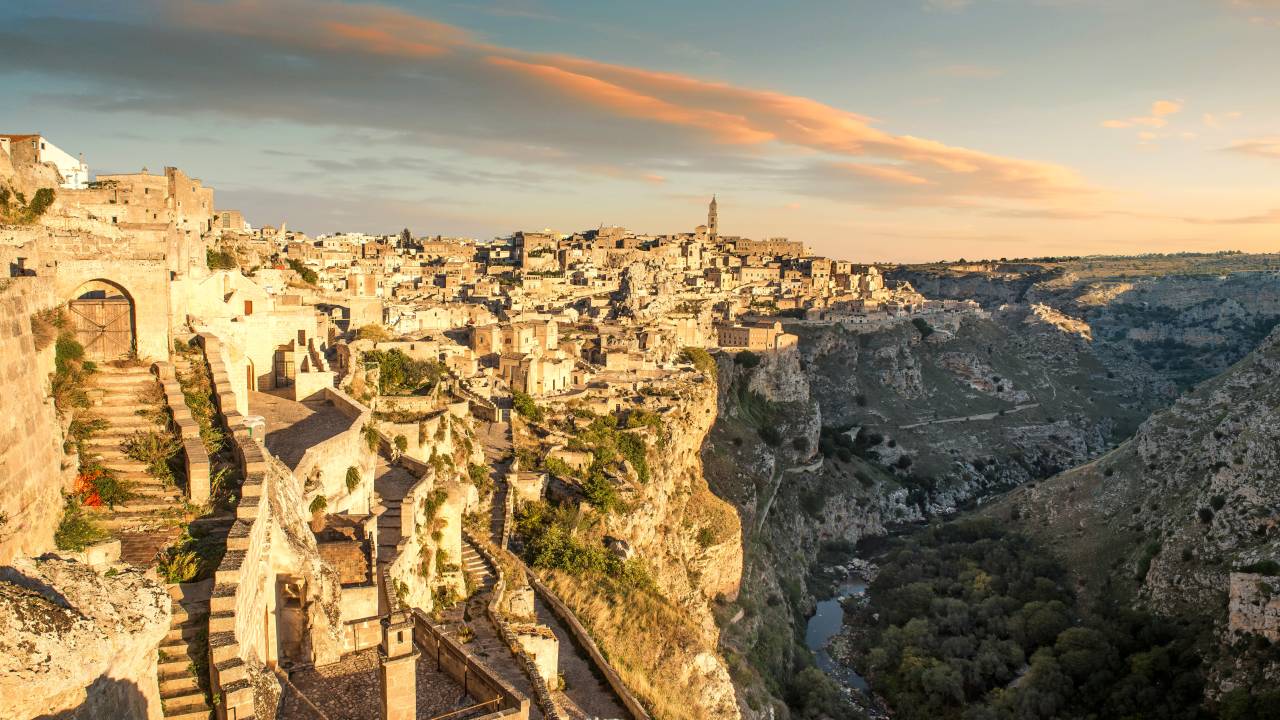
If you want expert advice on small-group cycling tours, there’s no better place to turn than the Exodus offices. And if you want advice from an amateur, we can do that too. Our writer Sam had never been on a cycling adventure before joining Cycling Puglia & Matera, an eight-day ride along the heel of...
Read More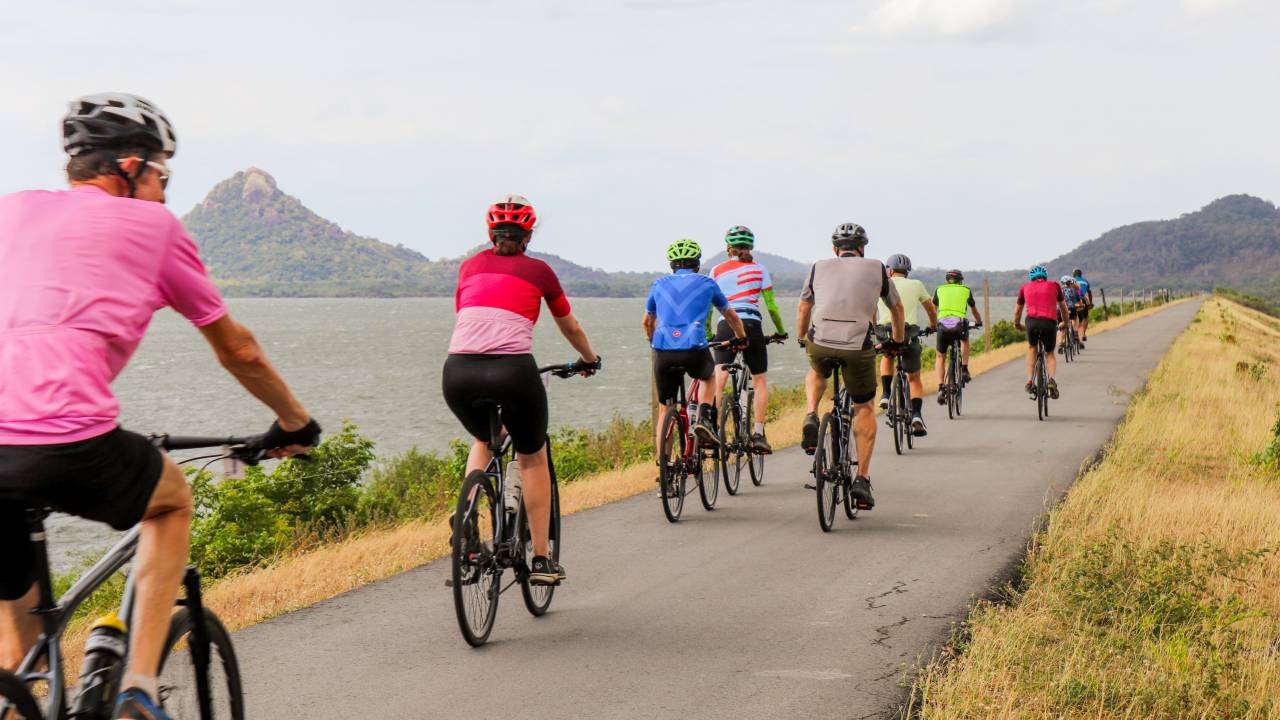
If your idea of a holiday high point involves two wheels, a winding mountain road, and views that stop you mid-ride, you’re in the right place. From the tea-scented climbs of Sri Lanka to the epic switchback tracks in Morocco, the ascents on our trips are the stuff of cycling legend. So, whether you’re chasing adrenaline,...
Read More
Think cycling’s just good for your joints and cardiovascular fitness? Sure – but it’s also the most adventurous way to find yourself exploring towering dunes, Baltic forests and cliff-hugging coastal paths you’d never see from the window of a tour bus. We’ve rounded up seven epic cycling routes in Europe that dial up the scenery...
Read More
The first ascent of Mont Blanc by Jacques Balmat and Michel-Gabriel Paccard in the summer of 1786 marked the birth of modern alpinism. Since then, the white mountain has been the go-to peak in Europe for hikers and climbers from across the world, eager to explore the history and sheer beauty of the region. Our...
Read More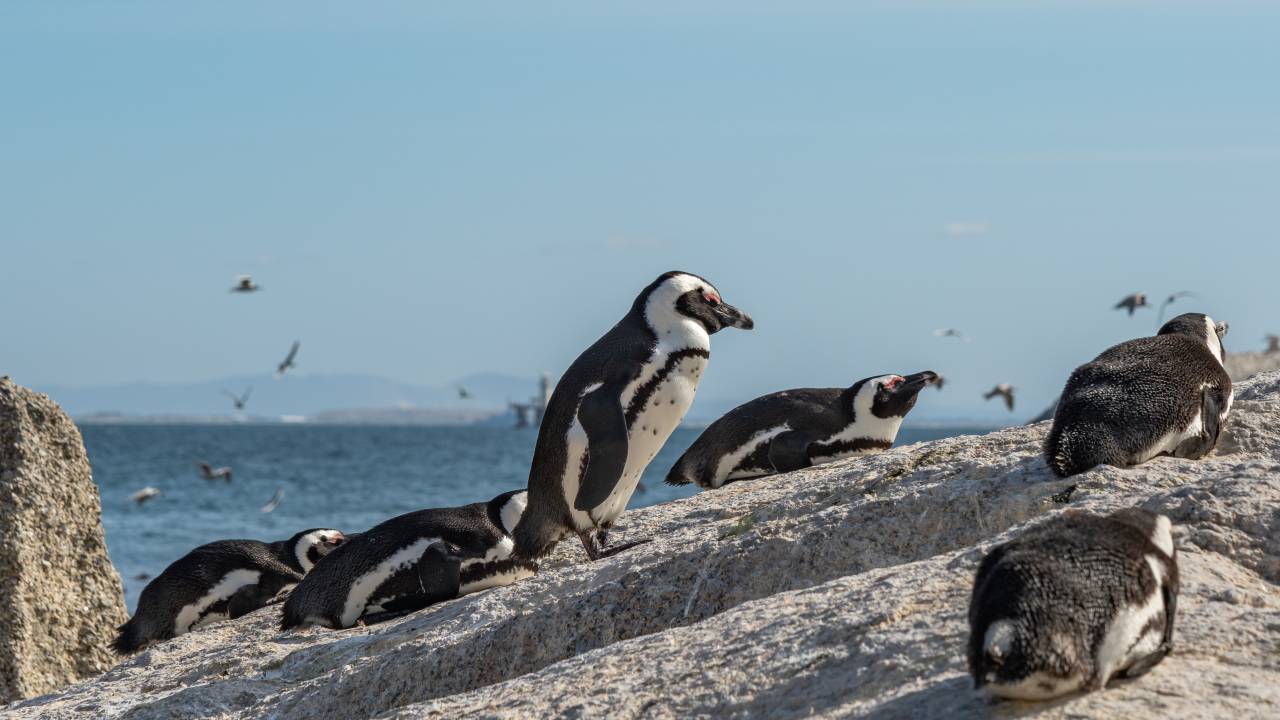
Not all coastlines are created equal, and neither are the ways you can explore them. On our itineraries, the coast is often where the real adventure begins. From dolphin encounters in Mozambique to fat biking across Namibia’s wind-sculpted dunes near the Skeleton Coast, every shore invites a different kind of coastal adventure. So, read on...
Read More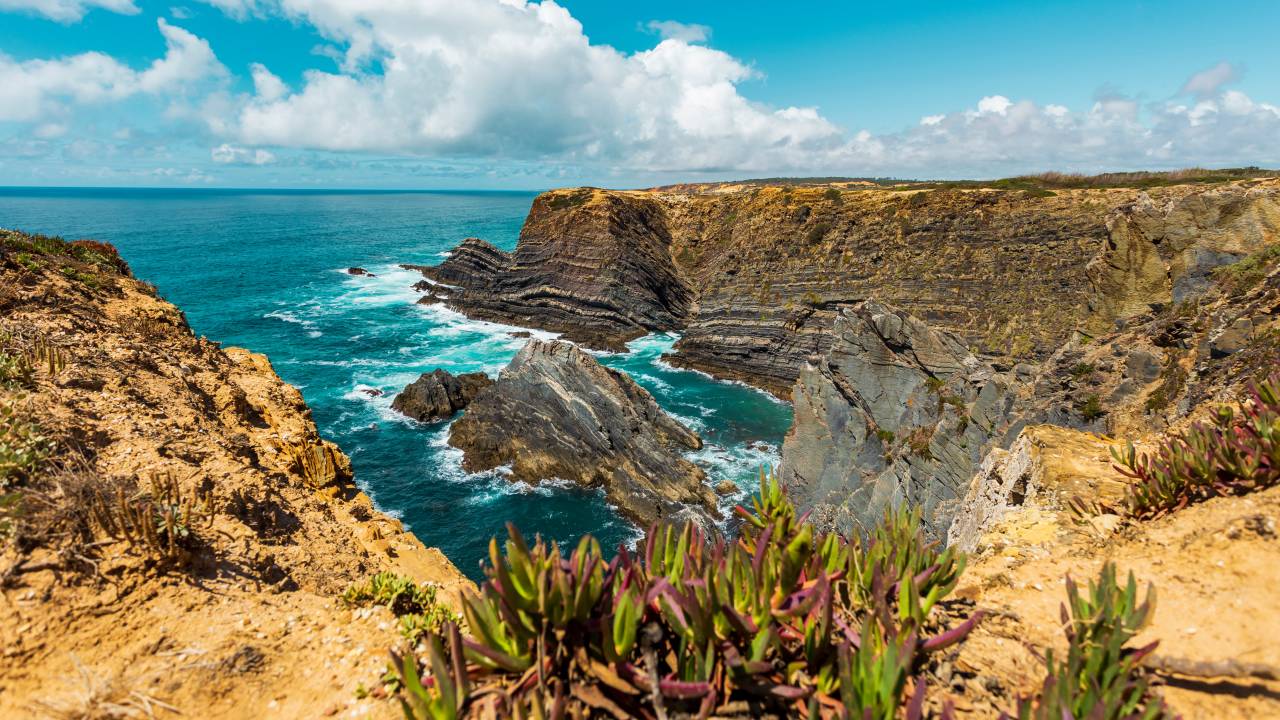
João Colaço didn’t plan to become a cycling guide. But four years after swapping his previous career for a life on two wheels in Portugal, he’s been named Exodus Adventure Travels’ Leader of the Year 2024 – and it’s easy to see why. There’s a kind of magic in his guiding approach: a meticulous blend...
Read More
There’s something about a sea view that makes everything better – even when it takes a steep ascent or a long day in the saddle to get there. From Italy’s lemon-scented cliffs to Portugal’s dune-backed boardwalks, these five coastal adventures in Europe deliver scenic coastal views the Exodus way: on foot, by bike, and always with...
Read More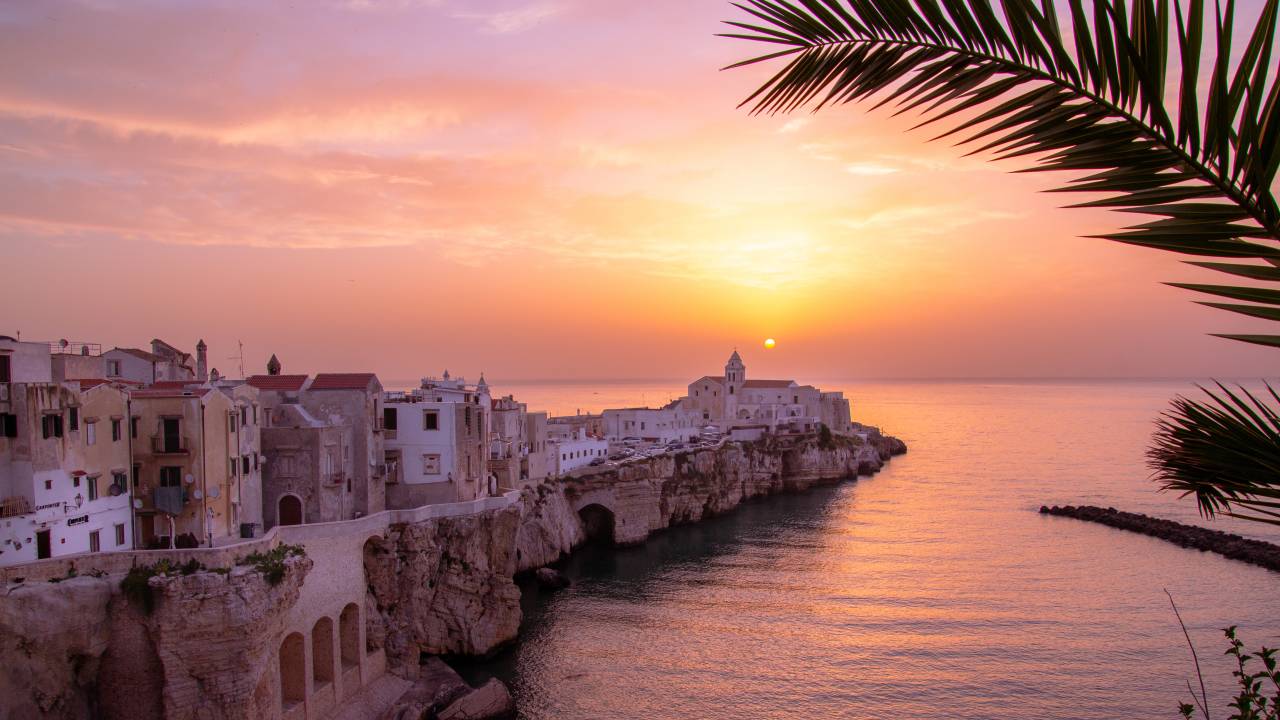
With so many wonderful places to explore, it’s reassuring to know that Italy still has a few secrets. When it comes to the best hikes in Italy, some of the most rewarding trails are the ones less travelled. These quieter paths offer a deeper insight into the country’s rich culture – and serve views so...
Read More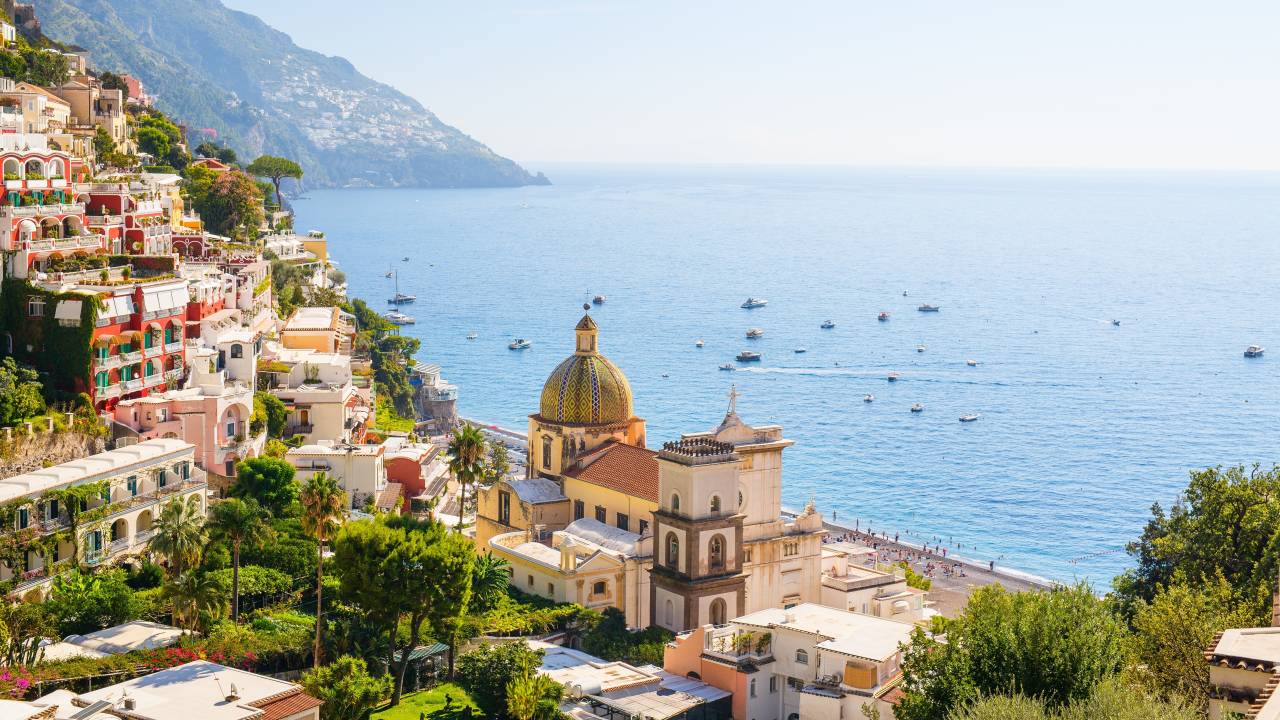
Are the Mediterranean’s coastal trails calling? Hankering to hike the lofty peaks of Europe’s mountains? Then you might well be asking yourself, is Italy or Spain better for hiking? Both are blessed with astonishing landscapes, rich culture and trails to suit every level of hiker, so it’s not a question easily answered. To help, Danny...
Read More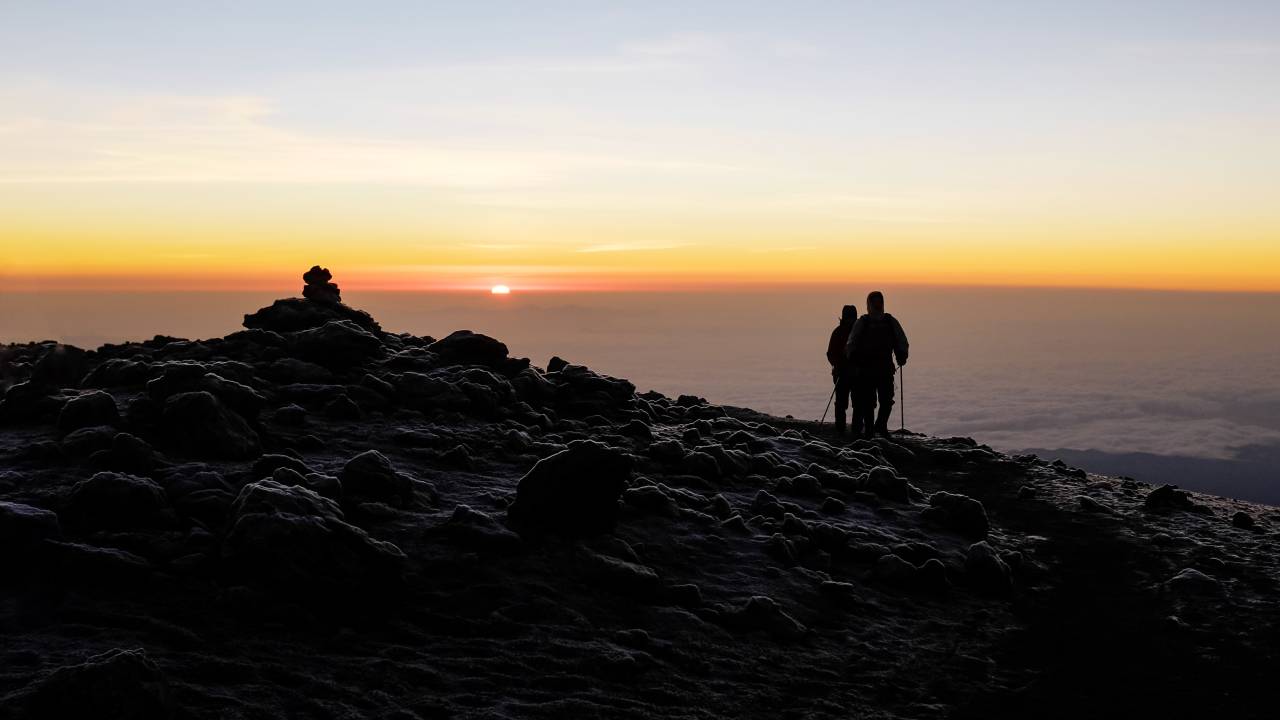
There’s a certain type of silence at 5,895 metres above sea level. It is not exactly the absence of sound, but the kind that wraps around your thoughts, muffles your words, and makes everything feel a little surreal. When our UK Sales Leader, Oren Blindell, reached the summit of Kilimanjaro in Tanzania, it all came...
Read More
The Adventure Begins Here
Get regular inspiration straight to your inbox from Exodus’ experts.
